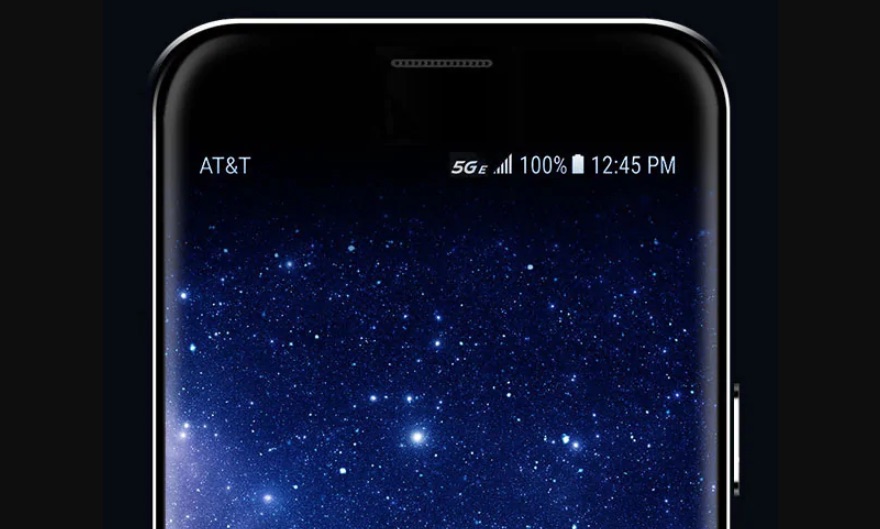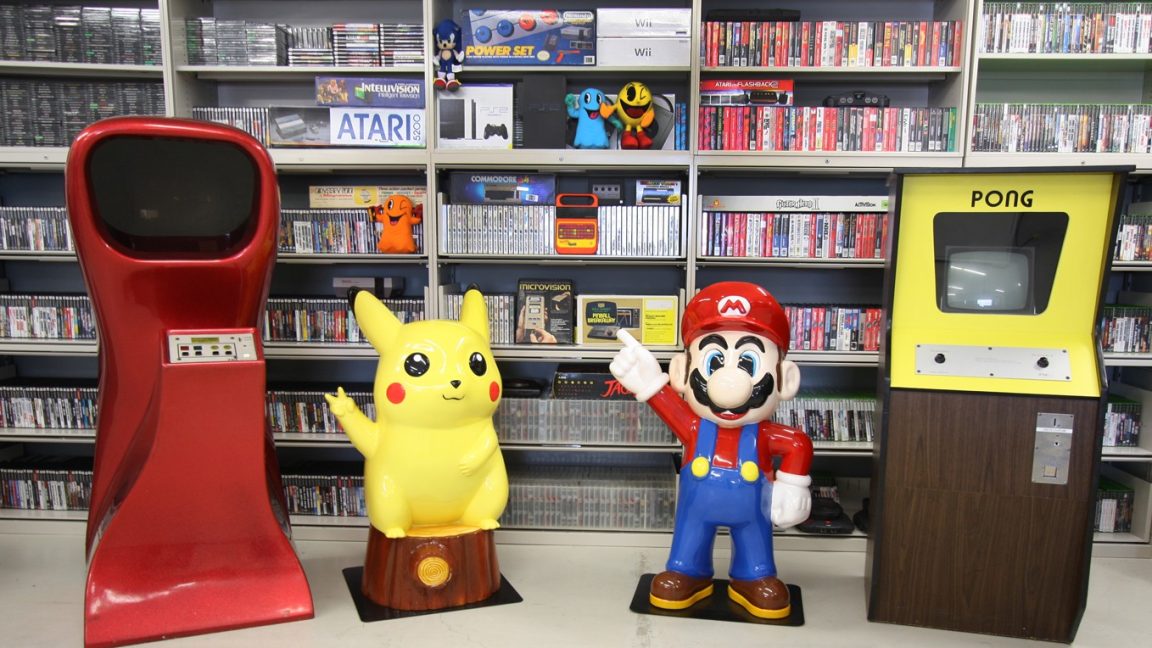AT&T will reportedly get to keep using its misleading "5G E" marketing for its 4G network after settling a false advertising lawsuit filed by Sprint.
AT&T and Sprint met with US District Judge Vernon Broderick yesterday and informed him "that they had reached settlement in principle," Broderick wrote in an order paving the way for the case to be dismissed. Broderick ordered the carriers to "submit a stipulation of voluntary dismissal no later than April 24, 2019" or a joint letter on the status of their settlement talks if they aren't ready to dismiss the case yet.
For consumers, the key question is whether AT&T will keep using the misleading 5G E designation to describe large portions of its 4G LTE network. Multiple reports say that AT&T will be allowed to continue doing so.
"Terms of the resolution weren't available, but a person familiar with the situation said the carrier will continue to use the 5G E brand—short for 5G Evolution—in advertising and on its phones," the Houston Chronicle wrote today. A Dallas Business Journal report yesterday similarly said that "people will continue to see 5G Evolution advertising and marketing from AT&T after the settlement."
We asked AT&T and Sprint whether there will be any changes to AT&T's use of 5G E on phone network indicators, but we received only short statements from each carrier that they have "amicably" settled the lawsuit.
If Sprint didn't win any concessions on the 5G E front, it's possible that it's receiving a financial settlement from AT&T.
5G E is 4G LTE
AT&T's 5G E is nothing more than 4G with advanced LTE features like 256 QAM, 4x4 MIMO, and three-way carrier aggregation. These are all part of the years-old LTE-Advanced standard and are used by all four major carriers, but only AT&T has been trying to convince customers that it's really a version of 5G. AT&T began rolling out the 5G E network indicator to Android phones in January and subsequently to iPhones.
An OpenSignal study found that AT&T's 5G E is a bit slower than Verizon and T-Mobile 4G, which is no surprise since AT&T's network is 4G in everything but its name. AT&T touted the results of an Ookla study showing it has the fastest wireless network, but even that one found that AT&T had only a tiny advantage and Ookla said it was partly because of an increase in smartphone users running speed tests after seeing the 5G E icon for the first time.
The 5G E indicator is so confusing that even a famous tech CEO—Salesforce founder Marc Benioff—seemed to think yesterday that he might have gotten access to a real 5G network.
Verizon and T-Mobile both mocked AT&T for renaming 4G, but Sprint was alone among major carriers in suing AT&T.
"By making the false claim that it is offering a 5G wireless network where it offers only a 4G LTE Advanced network, AT&T is attempting to secure an unfair advantage in the saturated wireless market," Sprint wrote in its complaint filed in February in US District Court for the Southern District of New York. "AT&T's false and misleading statements deceive consumers into believing that AT&T now operates a 5G wireless network and, through this deception, AT&T seeks to induce consumers to purchase or renew AT&T's services when they might otherwise have purchased Sprint's services."
Even yesterday, apparently shortly before informing the judge of the pending settlement, Sprint filed a memorandum of law supporting its motion for a preliminary injunction against AT&T. "AT&T’s 5G E claims are both literally and impliedly false," the court filing said.
Sprint previously said it commissioned a survey that found 54 percent of consumers "mistakenly believed, based on AT&T's claims, that the company's 5G E network is the same as or better than a true 5G network." Sprint said the same survey found that "43 percent of consumers wrongly believed that if they were to purchase an AT&T phone today, it would be capable of running on a 5G network."
AT&T says that it offers real 5G in parts of 19 cities so far. But while AT&T sells 5G-enabled mobile hotspots, it doesn't yet sell any 5G phones.


